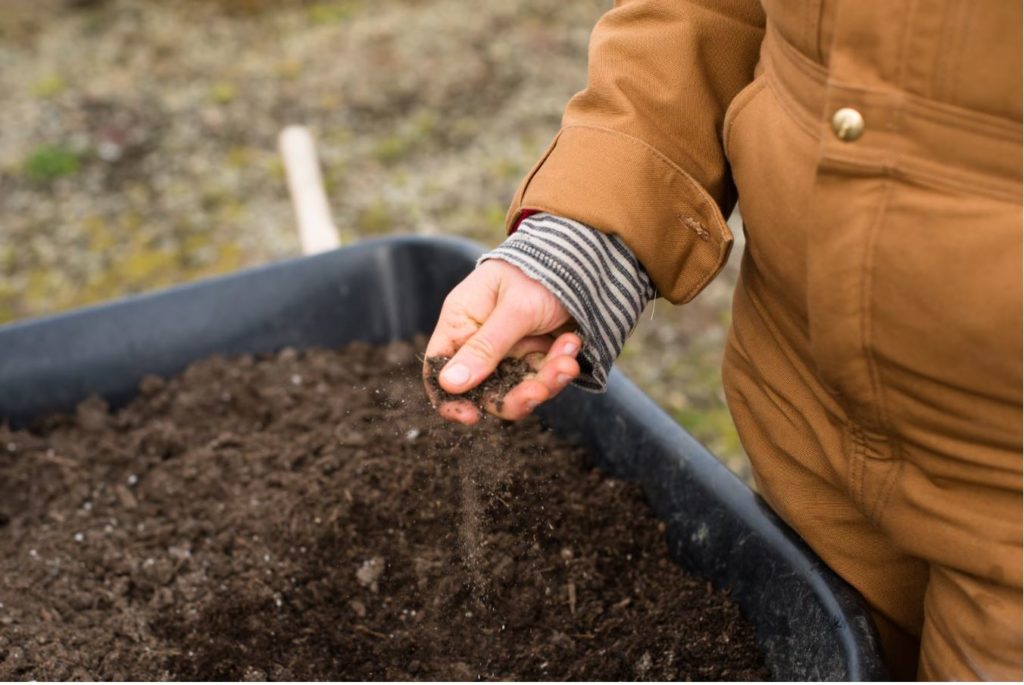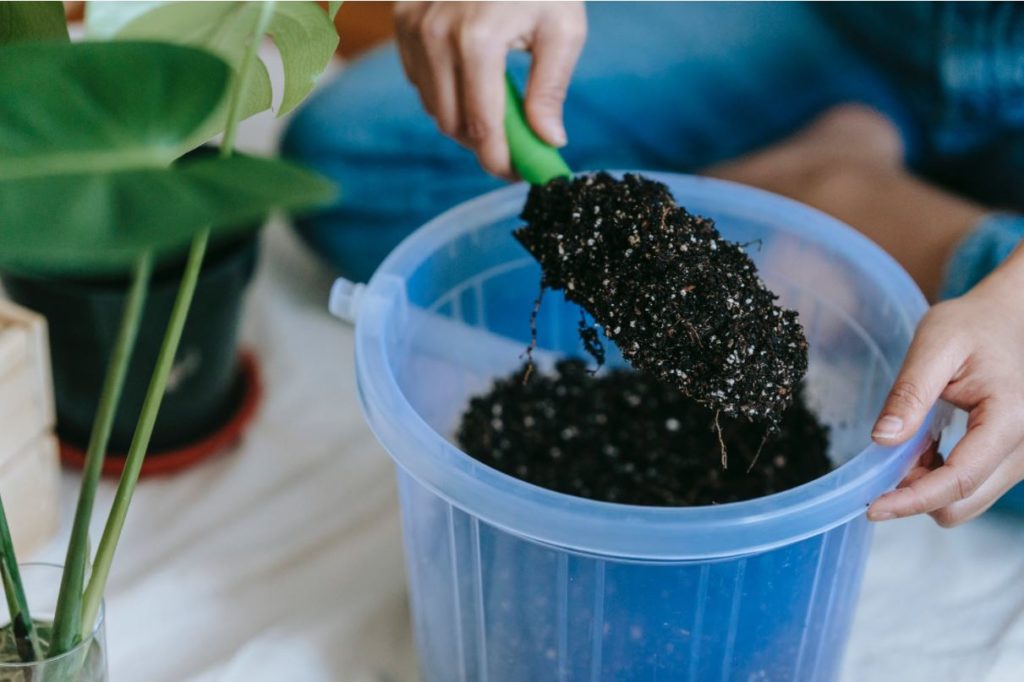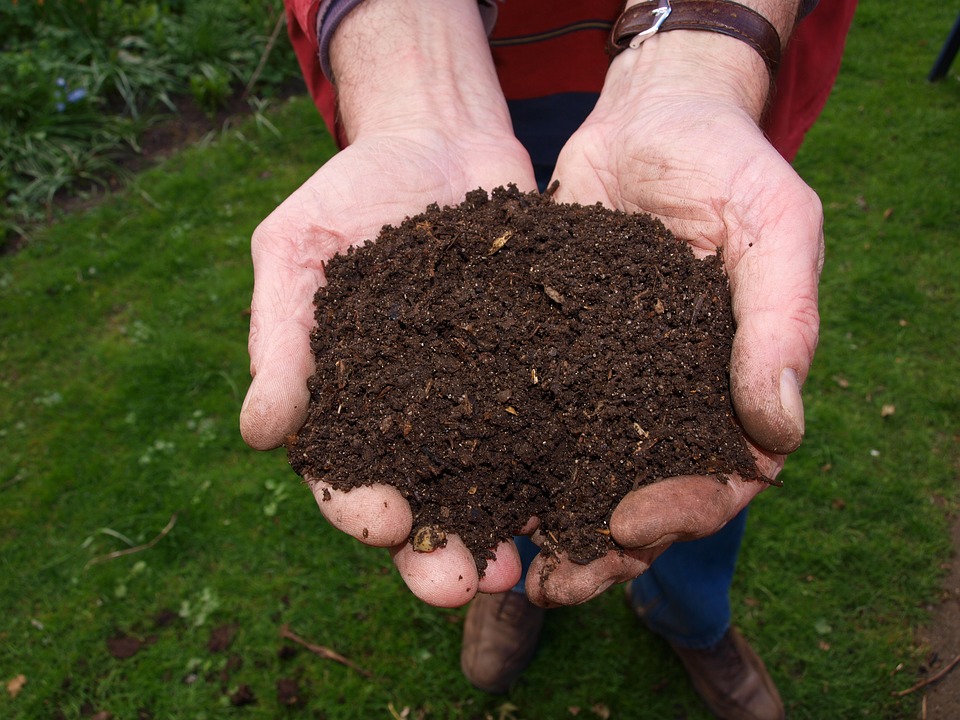What is the difference between organic fertilisers and biofertilisers?
- March 17, 2022
- Arktivist
Fertiliser is a substance that is applied to soil in order to improve the growth of plants. It is made up of either organic or inorganic materials, and it helps to provide plants with the essential nutrients that they need to grow. Fertiliser can be used to help plants take up the necessary nutrients needed to increase their resistances to disease or repel pests, or used to help plants grow faster and healthier.

Two commonly used fertilisers are organic fertilisers and biofertilisers. Organic fertilisers and biofertilisers are both fertilisers that can be used to improve your soil. However, there are some key differences between them. Organic fertilisers are made from natural materials that can come from plants and animals, such as animal manure and compost, and contain necessary amounts of essential plant nutrients. Biofertilisers, on the other hand, are made from and contain living microorganisms such as bacteria or fungi that promotes plant growth by supplying and increasing plant nutrients in the soil. Today, biofertilisers may also be stacked with organic fertiliser, to contain good amounts of plant nutrients, on top of the living microorganisms.
Organic fertilisers and biofertilisers are both great options for improving the fertility of your soil, but there are some key differences between them that you should consider before making a decision. In this article, we’ll go over the differences between these two types of fertiliser so that you can decide which one is right for you.
What is organic fertiliser?

Organic fertilisers are derived from natural materials that come from plants and animals. When considering organic fertilisers, there are several things to be mindful of. Given that organic fertilisers contain organic matter, they respond differently than inorganic fertilisers. The breakdown of organic fertiliser must occur before the nutrients are available to plants.
This process may take as much as two to six weeks depending on individual, specific factors, including soil temperature and moisture. As the biological activity increases, the microbes in the soil can consume more organic matter and generate more nutrients available for your plants.
Unlike inorganic fertiliser, which is soluble in water and immediately available, organic fertiliser has to decompose before the nutrients are available to plants. Because of this, you can expect to see long-term benefits with a slow and controlled release. This allows for nutrients to be available all season long.
By practising organic gardening, your plants receive a well-adjusted and nourishing ecosystem.
The benefits of using organic fertilisers
There are many benefits to using organic fertilisers in your garden. One of the most important benefits is that organic fertilisers are made from natural materials that does not harm the soil and its ecologylike chemical fertilisers can. In fact, organic fertilisers help to improve the soil’s structure and fertility.
Chemically synthesized fertilisers do not hold well in soils, and may quickly wash out to enter rivers and other waterways, harming both marine life and water quality. Soils fed with organic fertiliser do not readily release and remain with the soil structure.
Organic fertilisers also help to promote healthy plant growth. They provide plants with essential nutrients such as nitrogen, potassium, and phosphorus, as well as trace elements of vitamins and minerals. And because organic fertilisers are slow-release, they provide plants with a steady stream of nutrients over a period of time. This helps plants grow strong and healthy, and makes them more resistant to pests and diseases.
Organic fertilisers can help trap greenhouse gases, raise soil acidity, improve water holding capacity in the soil, and improve soil structure. Farmers and gardeners can save money in the long run by using organic fertilisers instead of synthetic ones.
What is biofertiliser?
Biofertilisers work by providing and increasing the number of beneficial microorganisms in the soil. The relationship between the bacteria and plants is symbiotic, they provide benefits to each other. These living organisms help to break down organic matter in the soil, and colonize the root zone or plant interiors when given to seeds, plant surfaces, or added directly to soil. The microorganisms also protect plants from pests and diseases.
Biofertilisers are made from materials that contain growth-promoting bacteria and/or fungi which improve soil health, stimulate plant growth, and increase yields. They may also contain essential plant nutrients, derived from organic sources, or from organic fertiliser itself. Because biofertilisers depend on the use of microbes instead of chemicals to enhance the nutrition of the soil, biofertilisers are a safe and natural way to improve soil health and plant growth.
The benefits of using biofertilisers
The organic microbes in biofertilisers nourish plants through microbial and enzymatic activity, such as fixation, solubilization, and the creation of growth-promoting chemicals. These chemicals induce the circulation of nutrients in the soil. They help the soil restore its nutrient cycle.
Biofertilisers also assist with solubilisation and mineralisation of other compound nutrients, such as phosphates. This improves soil health, stimulates plant growth, and increases yields. They also promote better synthesis and availability of hormones, vitamins, auxins, and other growth-promoting substances that help plants grow properly.

Biofertilisers have a wide range of applications. They can be used as a seed treatment,a foliar spray, or a root drench. Some biofertilisers also allow users to use it as they would normal fertiliser. When used as a seed treatment, biofertilisers colonize the roots of the plant and promote growth. When used as a foliar spray, biofertilisers are absorbed by the leaves of the plant and transported to the roots, where they promote growth. The beneficial microorganisms may also colonise on the leaf surface, and act as a shield barrier, protecting and repelling against other pathogenic and harmful organisms.
When drenched in soil, biofertilisers help to bring live microorganisms back into the soil, improving soil struture and overall soil health, as well as bringing symbiotic benefits to the plants in it.
The difference between organic fertilisers and biofertilisers
There are many things to consider when deciding whether to use organic fertilisers or biofertilisers. You should take into consideration the type of crop you are growing when choosing a fertiliser. Organic fertilisers are well suited for all-round general use, which makes it easy to buy and apply.
For biofertilisers, some care has to be taken when choosing the right biofertiliser for your plants or crop. Some microbes may not be suitable for certain types of vegetables, e.g. Members of the brassica family do not respond well to fungal or mycorhizal inoculation. However, once you’ve gotten past the hurdle of understanding which type of biofertiliser works best for your plants, they will show great results, whether vegetables, fruits, flowers or ornamental house plants.

From plant-based fertilisers to nitrogen-rich fertilisers derived from various animal and plant waste, there are many organic options to choose from. Cottonseed meal, seaweed, kelp emulsion, and alfalfa meal are plant-based, while bone meal, blood meal, manure, and fish emulsion are derived from animal byproducts.
In contrast, biofertilisers are composed mostly of living microorganisms. Some biofertilisers may also have additional essential plant nutrients added to them via organic fertiliser sources. These living microorganisms can result in a much more efficient uptake of nutrients, reducing how much fertiliser is required and thus use up your supplies of fertiliser at a slower pace.
Conclusion
Healthy soil results in healthy plants. The use of fertiliser is a key component of modern agriculture, as fertiliser can improve the yield of your crops and help to ensure that they are healthy. Although organic fertilisers and biofertilisers differ in their ingredients and how they work, they both help address the nutritional needs of your plants. So depending on what you’re growing or from your personal preference, either one might be used!
- Categories: Plants nutrients
- Tags: Bio, bio-organic fertiliser, Organic